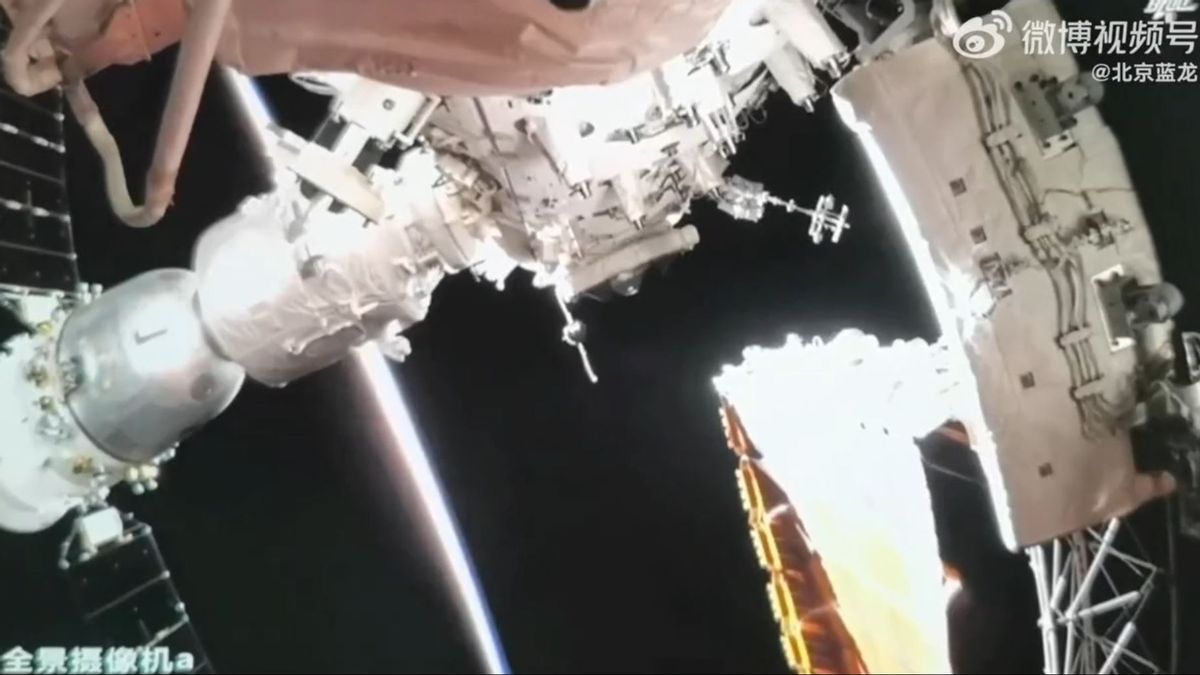JAKARTA - China successfully launched its second module, called Wentian, to the Tiangong space station on Sunday morning, July 25. Wentian lifts off aboard the Long March 5B rocket from the Wenchang Space Launch Site in Hainan, China at 02:22 ET (14:22 local), docked at the Tiangong space station approximately 13 hours later at 3:13 PM ET (3:13AM) local).
The Wentian module contains equipment that allows Chinese astronauts, also known as taikonauts, to conduct various scientific experiments while they are at the station. As reported by The New York Times, the additional module will also provide three extra rooms for sleeping, as well as another airlock that crew members can use for space travel.
Watch this footage of #Wentian docking. Blurred recording of the mission control screen, but still great to see the thrusters firing and the final moment of connecting(c)北京蓝龙 https://t.co/lV7iVKU0UG pic.twitter.com/uaiIAaUG2R
— China 'N Asia Spaceflight🙏 (@CNSpaceflight) July 24, 2022
In June, China sent a three-person Shenzhou 14 crew to Tiangong to prepare for Wentian's arrival. Mengtian, the station's third and final lab module, will launch with the Long March 5B in October. It will complete the Tiangong space station, forming a T-shaped structure after the final module is docked.
There's some concern about where the Long March 5B's massive rocket will end up at this point after delivering the Wentian. While most rockets safely drop their lower stages into the ocean below, this type of rocket does something different.
As SpaceNews notes, the rocket sends its payload by launching its entire first stage into low-Earth orbit, with no way to direct or control its movement as it falls to Earth.
In 2020, rockets were blamed for metal debris that ended up in Ivory Coast. It also made an uncontrolled descent into the Indian Ocean after sending the Tianhe core module into space last year.
The English, Chinese, Japanese, Arabic, and French versions are automatically generated by the AI. So there may still be inaccuracies in translating, please always see Indonesian as our main language. (system supported by DigitalSiber.id)













